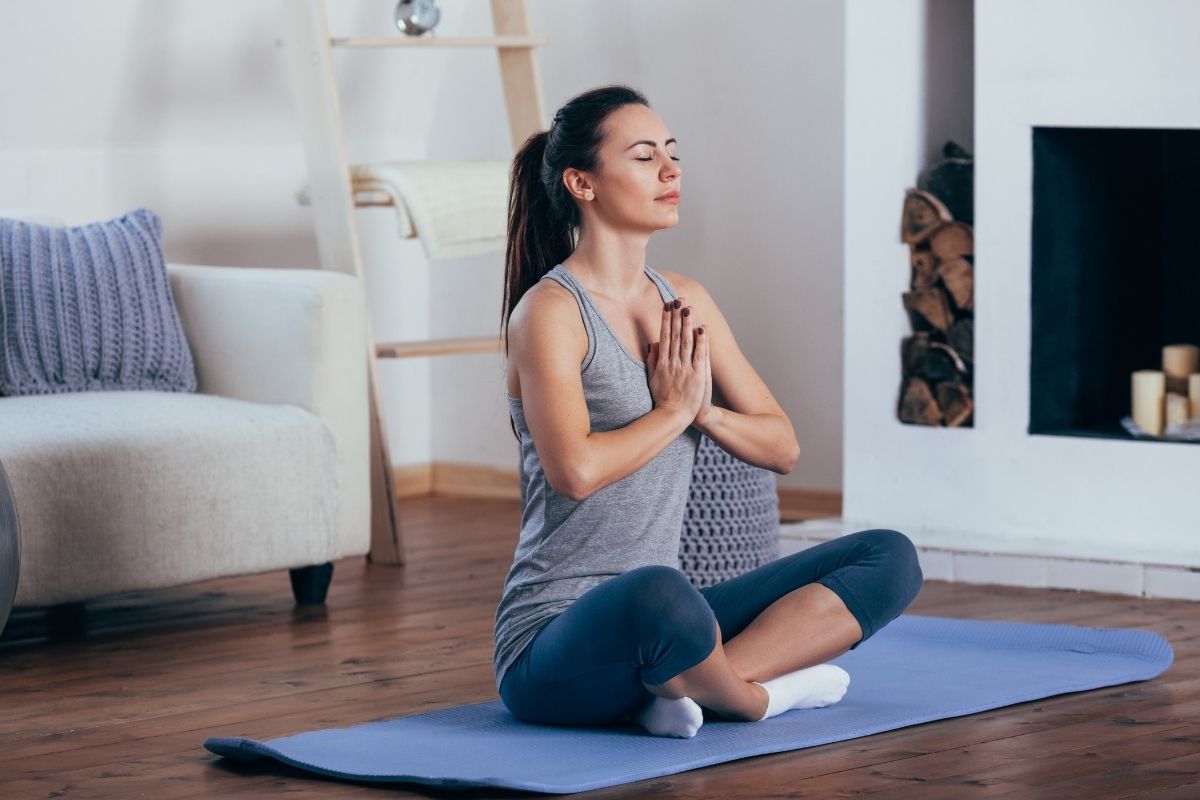How Yoga Works
How Yoga Works an ancient practice that likely originated in India, combines movement, meditation, and specialized breathing techniques to enhance both mental and physical well-being. The world of yoga encompasses various styles and disciplines, each offering unique benefits and insights. This article delves into the history, philosophy, advantages for health and wellness, and the diverse branches of yoga.
What is Yoga?
Yoga, with its physical postures, focused concentration, and deep breathing, yields a host of benefits. Consistent practice can enhance endurance, strength, serenity, flexibility, and overall well-being. Yoga has gained immense popularity worldwide, with a 2017 national survey revealing that one in seven adults in the United States had practiced yoga in the past year.
History
The term “yoga” makes its first appearance in the ancient texts known as the Rig Veda. Derived from the Sanskrit word “yuj,” meaning “union” or “to join,” yoga boasts a history spanning over 5,000 years. The knowledge of yoga was introduced to the West by Indian monks in the late 1800s, gradually gaining widespread popularity in Western countries by the 1970s.
Philosophy
At its core, yoga revolves around the idea of connecting the mind, body, and spirit. This practice encompasses six distinct branches, each emphasizing different aspects:
- Hatha yoga: Focuses on physical and mental preparation.
- Raja yoga: Involves meditation and adherence to the eight limbs of yoga.
- Karma yoga: A path of service aimed at eliminating negativity and selfishness.
- Bhakti yoga: Seeks to establish devotion as a means of channeling emotions and fostering acceptance.
- Jnana yoga: Emphasizes wisdom, scholarship, and intellectual development through study.
- Tantra yoga: Involves rituals, ceremonies, or the culmination of relationships.
Read More : How You May Feel After Yoga Crossword
Chakras
In yoga, the term “chakra” refers to spinning wheels of energy that influence thoughts, emotions, and the physical body. These chakras dictate how individuals experience reality, affecting emotions, desires, self-confidence, and even physical symptoms. Blockages in chakras can lead to imbalances, resulting in issues such as anxiety, lethargy, or poor digestion. Asanas, or physical poses in Hatha yoga, are used to unblock and stimulate imbalanced chakras. There are seven primary chakras, each with its unique focus:
- Sahasrara: The crown chakra, symbolizing spiritual connection.
- Ajna: Located between the eyebrows, associated with intuition.
- Vishuddha: The throat chakra, linked to immunity and verbal communication.
- Anahata: The heart chakra, influencing relationships and physiological functions.
- Manipura: The solar plexus chakra, related to self-confidence and wisdom.
- Svadhishthana: The sacral chakra, connecting to pleasure, well-being, and vitality.
- Muladhara: The root chakra, grounding the mind and body to the earth.
Types of Yoga
Modern yoga focuses on exercise, strength, agility, and mindful breathing. It caters to diverse goals and fitness levels, offering various styles, including:
- Ashtanga yoga: Using ancient teachings with rapid movement-breath coordination.
- Bikram yoga: Practiced in a heated room with specific sequences.
- Hatha yoga: A generic term for yoga focusing on physical poses.
- Iyengar yoga: Prioritizing proper alignment with the aid of props.
- Kripalu yoga: Encouraging self-awareness and inward exploration.
- Kundalini yoga: A system to release pent-up energy.
- Power yoga: An athletic approach to traditional Ashtanga yoga.
- Sivananda yoga: Balancing proper breathing, diet, exercise, relaxation, and positive thinking.
- Viniyoga: Emphasizing form, breath, adaptation, repetition, and sequencing.
- Yin yoga: Targeting deep tissues through prolonged passive poses.
- Prenatal yoga: Designed for pregnant individuals, supporting both pregnancy and postpartum fitness.
- Restorative yoga: Promotes relaxation through minimal effort and prop use.
Benefits of Yoga
A survey from 2012 revealed that 94% of adults practice yoga for wellness reasons. Yoga offers a plethora of physical and mental benefits, including building muscle strength, enhancing flexibility, promoting better breathing, supporting heart health, aiding addiction treatment, reducing stress, anxiety, depression, and chronic pain, improving sleep, and enhancing overall well-being and quality of life. It is advisable to consult a medical professional before beginning a yoga practice, especially if dealing with specific health conditions.
Risks and Side Effects
Yoga is generally safe when practiced under the guidance of a trained instructor. While serious injuries are rare, minor sprains and strains can occur. Pregnant individuals and those with ongoing medical conditions should consult a healthcare professional before starting yoga. Modifications may be necessary based on individual circumstances. Beginners should avoid advanced poses and techniques and not use yoga as a sole replacement for conventional medical care.
Read More : What To Eat Before Hot Yoga
In Conclusion : How Yoga Works
Yoga, an ancient practice, has evolved over time to emphasize inner peace and physical vitality. With various yoga styles catering to different needs and abilities, it offers a path to a balanced, active lifestyle.




